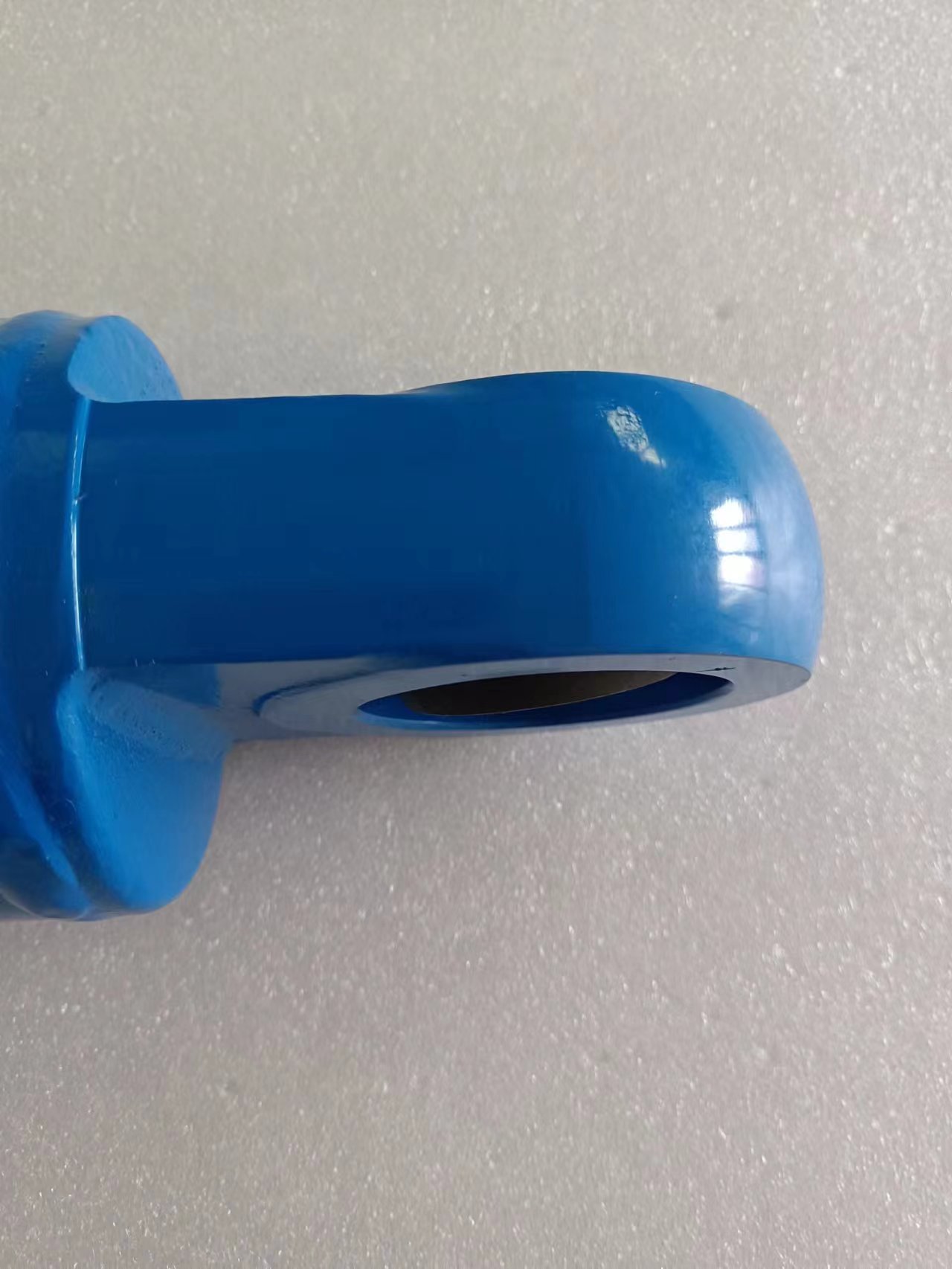Nov . 22, 2024 06:00 Back to list
stage hydraulic cylinder product
Understanding Stage Hydraulic Cylinders An In-Depth Look
Hydraulic cylinders are essential components in various industrial applications, providing the power needed to perform heavy lifting and precise movements. Among the diverse range of hydraulic cylinders available, stage hydraulic cylinders stand out due to their unique design and functionality. This article will explore what stage hydraulic cylinders are, their applications, advantages, and key considerations for selection and maintenance.
What are Stage Hydraulic Cylinders?
Stage hydraulic cylinders, also known as telescopic hydraulic cylinders, consist of multiple cylindrical stages that nest within each other. This design allows them to extend significantly beyond their collapsed length, providing high levels of output force while maintaining a compact form factor when not in use. Each stage of the cylinder can be activated individually or in conjunction with the others, providing variable stroke lengths and enhancing their versatility.
Applications of Stage Hydraulic Cylinders
These cylinders are predominantly used in applications where space is a premium, but a substantial lifting capability is required. Common applications include
1. Construction Equipment Stage hydraulic cylinders are frequently used in cranes, excavators, and other heavy machinery where the ability to extend significantly is crucial for reaching heights or depths. 2. Automotive Industry They play a role in automotive lift systems, such as car lifts and service stations, where the ability to lift vehicles to significant heights is paramount.
3. Material Handling Industries that require movement of heavy loads, such as loading docks or warehousing operations, benefit from the precision and power that stage hydraulics provide.
4. Agriculture In farming equipment, these cylinders are used for implements that need to raise and lower heavy loads.
5. Marine Applications Stage hydraulic cylinders are utilized in shipyards for operations like launching and recovering vessels.
Advantages of Stage Hydraulic Cylinders
- Space Efficiency The telescopic design allows these cylinders to achieve large extension lengths while occupying minimal space when collapsed.
- High Lifting Capability Multiple stages enable them to lift substantial loads, making them suitable for heavy-duty applications.
- Versatility The ability to control each stage independently allows for greater flexibility in operations, accommodating various lifting tasks.
- Simple Design Fewer moving parts can mean enhanced reliability and less potential for mechanical failure.
stage hydraulic cylinder product

Key Considerations for Selection
When choosing a stage hydraulic cylinder for a specific application, several factors should be considered
1. Load Requirements Identify the maximum load that the cylinder will need to lift and ensure the selected model meets or exceeds this requirement.
2. Stroke Length Determine the necessary extension and collapsed lengths to ensure that the cylinder can operate effectively within the intended space.
3. Operating Pressure Assess the operating pressure specifications of the system to match the hydraulic cylinder with the hydraulic pump and other components.
4. Material and Construction Consider the materials used in the cylinder's construction. For harsh environments, materials with corrosion resistance or enhanced durability may be necessary.
5. Mounting Options Ensure that the cylinder can be mounted appropriately in the intended application, taking into account the alignment and pivot points.
Maintenance Tips
To ensure longevity and optimal performance of stage hydraulic cylinders, regular maintenance is essential
1. Visual Inspections Routinely check for leaks, corrosion, and any signs of wear.
2. Fluid Levels Ensure hydraulic fluid is at appropriate levels and change it according to the manufacturer’s recommendations.
3. Dust Seals Inspect and replace dust seals to prevent contaminants from entering the cylinder.
4. Lubrication Follow maintenance schedules for lubrication of moving parts to minimize wear and tear.
Conclusion
Stage hydraulic cylinders are indispensable in a multitude of industries where high lifting capabilities and space constraints coexist. Understanding their design, functionality, and appropriate maintenance can unlock their full potential, ensuring efficiency and safety in operations. Whether for construction, agriculture, or automotive services, these hydraulic cylinders continue to be a vital asset in modern machinery and equipment.
-
Fork Lift Power Units - Hebei Shenghan | Efficiency, Reliability
NewsJul.13,2025
-
1.5-Ton Turbocharged Cylinder-Hebei Shenghan|Hydraulic Solution,Energy Efficiency
NewsJul.13,2025
-
Auto Hoist Power Units-Hebei Shenghan|Efficiency&Industrial Lifting
NewsJul.13,2025
-
Double Acting Power Units-Hebei Shenghan|Hydraulic Solutions,Industrial Efficiency
NewsJul.13,2025
-
1.5 Ton Lifting Cylinder 70/82-40-290-535 - High-Performance Hydraulic Solution | Hebei Shenghan
NewsJul.13,2025
-
Fork Lift Power Units - Hebei Shenghan | Efficiency&Reliability
NewsJul.13,2025
